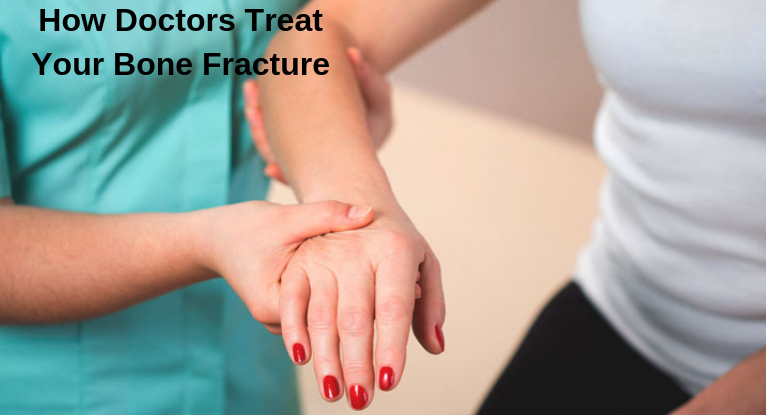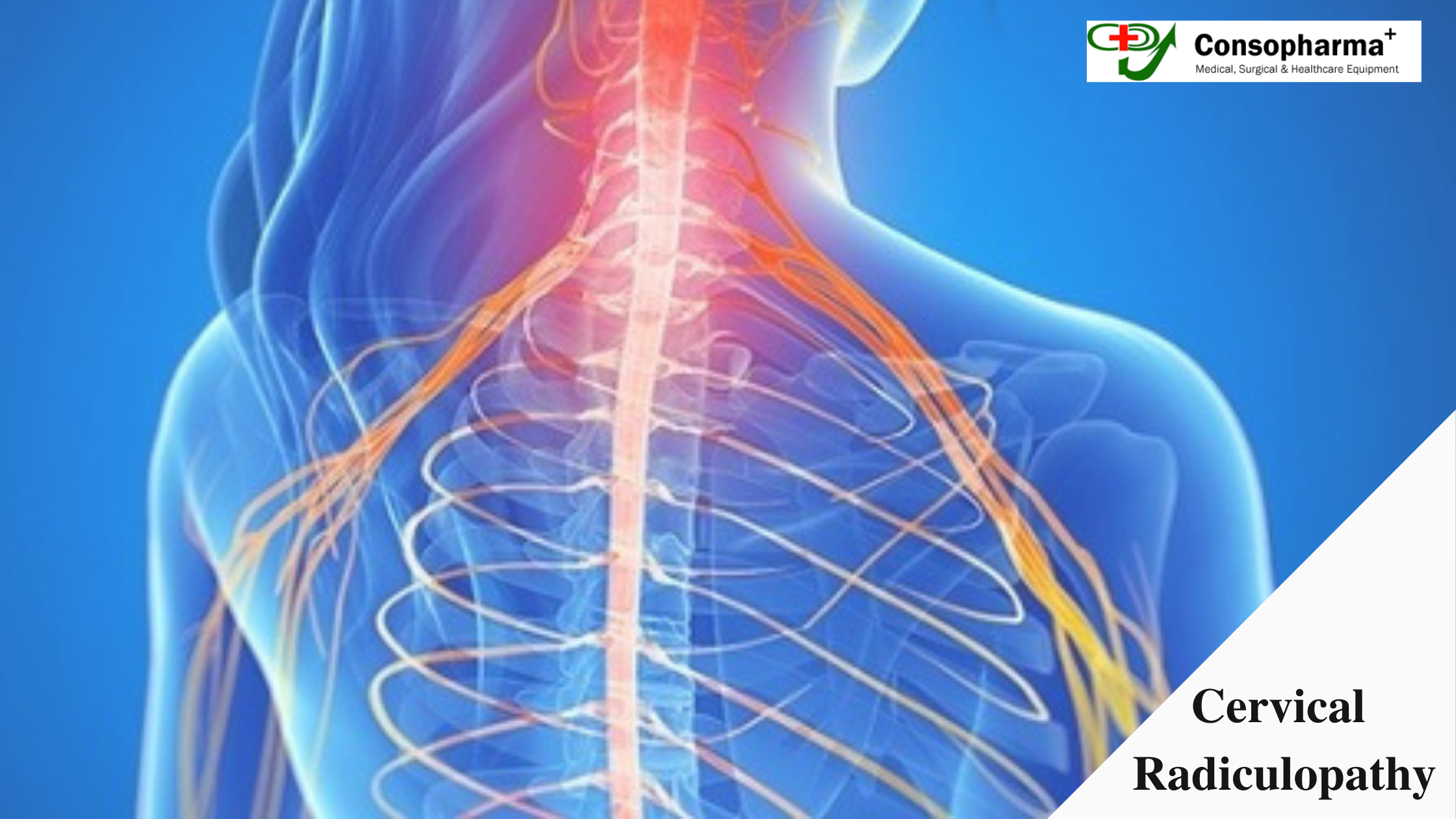Do You Know How Your Doctors Treat Your Bone Fracture

Any high impacted injury can cause the bone to fracture. Although fractures differ in nature depending on the location, complexity and other features. But if a bone breaks it needs immediate Care and attention. One of the most difficult tasks is to maintain the bone in its proper anatomical position to help it heal and come back to its normal functioning. Continue reading the following points to know in detail about the whole process.
Diagnosis
Diagnosis is the first step; it is done to view the location and severity of the fracture. Fractures can be of two type- open skin fractures and closed skin fractures. However, in open skin fractures there are high chances of wound contamination as the skin is open and will get infected easily. There are various other factors which are included in planning of the treatment needed like direction and depth of the fracture.
Fixation
In case of closed fractures, the doctors manually bring the bone together in its anatomical position. After this process it is casted with a splint to stabilize the bone and let it heal itself with time and take the body weight on its own.
In case of open fractures, the process is more complicated and advanced. The technique used by the doctors is known as open reduction and internal fixation. This type of treatment is only advised when the bone is broken at several places or broken in a twisted motion or any other complication. Usually this process is done surgically and after the positioning of the bone to its original position, it is stabilized by special implants such as plates, screws, nails and wires. This process has a higher success rate than any other process and the patient tends to heal faster here. There are very slim chances of improper healing in such cases. Doctors trust only reliable bone locking plates suppliers for this requirement, to enhance the chances of recovery.
Orthopedic implants
Titanium plate for bone fractures are used to provide strength and stability. These kinds of implants are compatible with the body and rarely causes any infection. Implants maybe left in the body or maybe removed according to the treatment. The following are used in the implants.
- Plates– orthopedic locking plates are used to hold the bones together.
- Screws– sometimes screws are enough to hold a broken bone in place. Although the sizes vary according to the damage.
- Nail/rod– these are used for the fracture of long bones. The rod ensures that that the healing if bone is in position.
- Wires/pins– Cases where the bones are in small fragments which cannot be put together with screws are held together by rods, wires or pins.
To minimize the risk, go for a secure method of surgery as it ensures speedy recovery and reduces the chances of contracting any infection.




